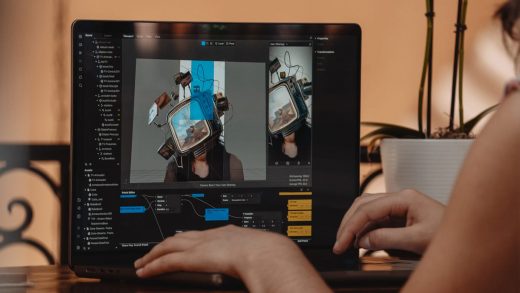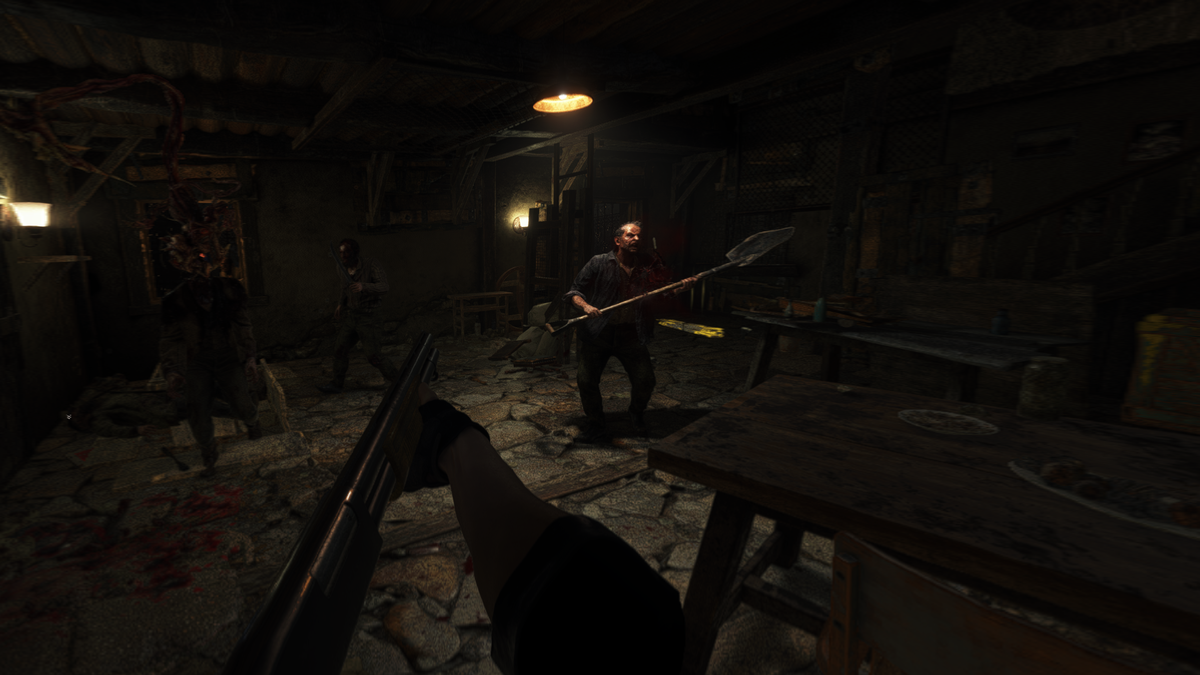
While not completely free of its third-person trappings, this VR version of Resident Evil 4 doesn’t just surpass the Quest version of the classic game but is the best Resident Evil game in VR, period. Read on for our Resident Evil 4 Remake VR review.
As a new headset, PSVR 2 may have been lacking in genuinely new titles in its first year but it’s also hard to complain when it’s been getting transformative VR modes released as free updates, including the phenomenal Gran Turismo 7 and Resident Evil Village at launch. The free VR mode update for Resident Evil 4 Remake, which released for PC and consoles back in March, is then a perfect way to end the year.
What is it?: A remake of a third-person action-horror classic, now in first-person VR on PSVR 2.
Platforms: PSVR 2
Release Date: Out now
Developer: Capcom
Price: $59.99
Resident Evil Village may have been the more appropriate fit for a VR port given that it’s already in first-person, but Armature’s Quest port of the original Resident Evil 4 had already proven a translation of the third-person entries could work with fun results. While a slow start of cutscenes that you’re forced to just watch on a flat theater screen means it’s not completely free of its third-person and flatscreen origins, Capcom has nonetheless succeeded in adapting this modern remake of Resident Evil 4 into a new and satisfying VR experience in its own right.
Resident Evil 4 VR Review: An Incredible Way To Revisit A Classic
There are clear issues with the port and you should play the original first, but Resident Evil 4 is still a powerful experience in VR. Read on for our Resident Evil 4 VR review. Like you, I’m sure, I was worried. Very worried, in fact. Fans are rightfully protective
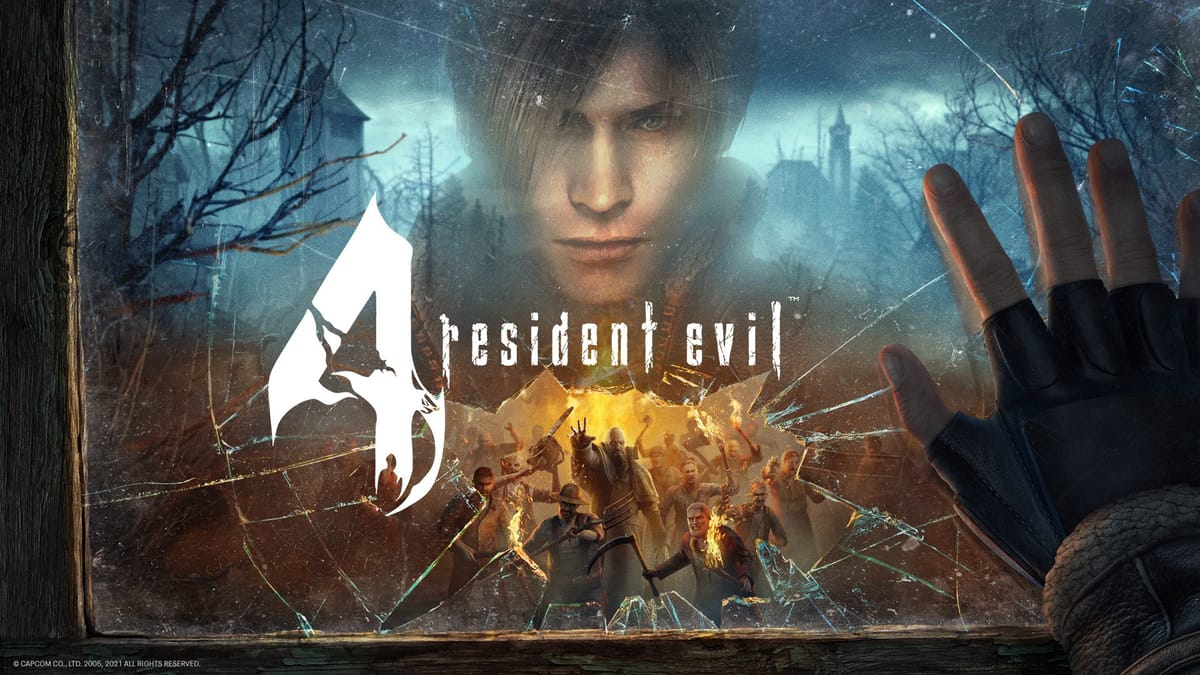
Of course the big difference the PSVR 2 version of Resident Evil 4 has over the Quest version, which was remade in Unreal 4 but still in keeping with the GameCube-era aesthetic, is that this is the remake on Capcom’s RE Engine. Everything looks more visually and frighteningly stunning as a result. This is still the series’ turning point into action over horror, but darker areas that require a flashlight do add to a spookier vibe. Being chased by a chainsaw-wielding maniac or those godforsaken regenerators can still send chills down your spine too. It should be noted that for Leon, you don’t get to hold a flashlight. Instead, the flashlight is mapped to the direction of your head, which is used aim the light – a compromise for comfort and practicality, as it avoids having to hold up a gun and flashlight at the same time and tiring out your arms. It also makes Ashley’s short playable section all the better, as you carry a lantern that realistically lights your way in the creepy castle.
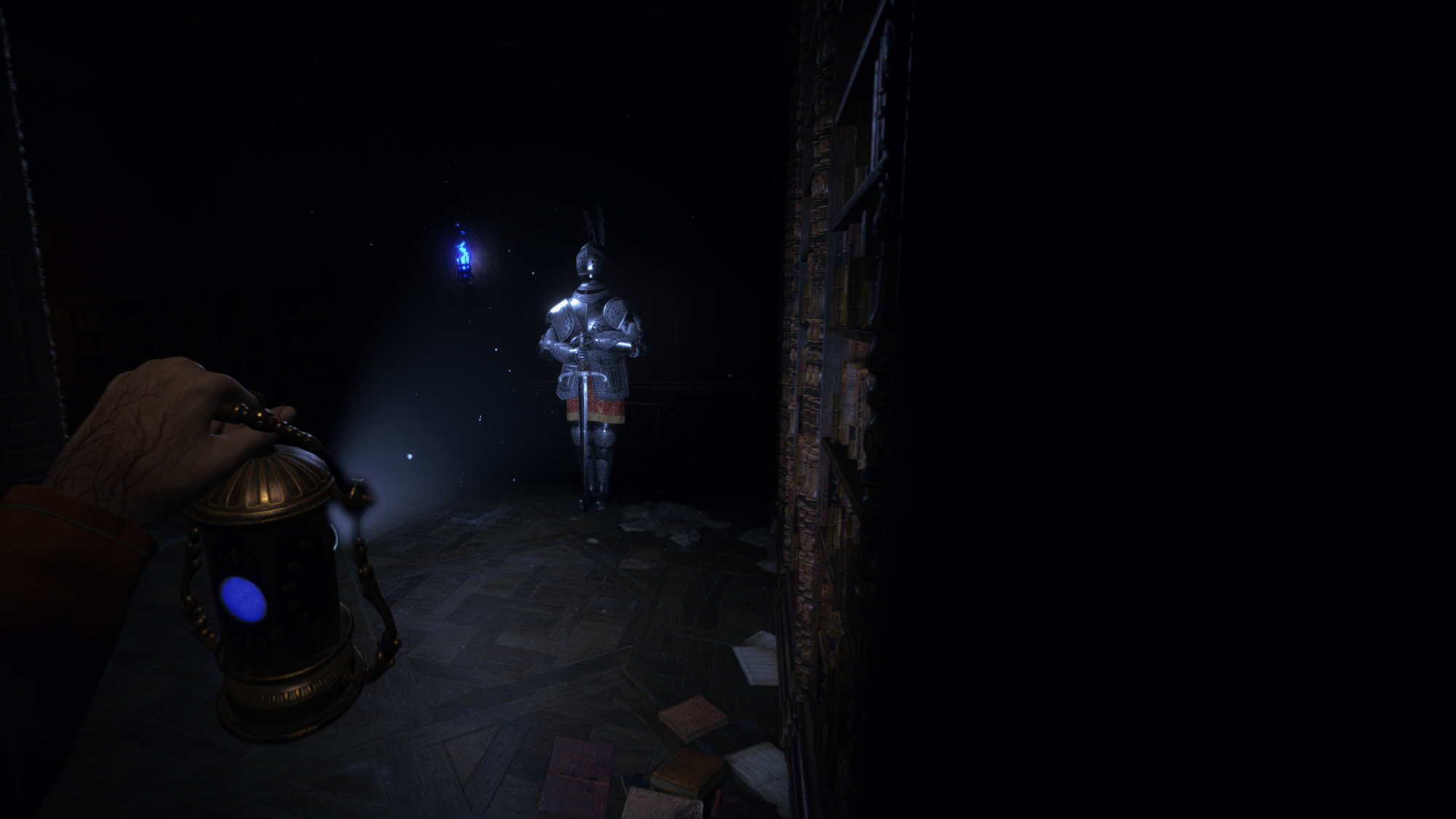
As with the Quest version of RE4 and Village on PSVR 2, most of your weapons are mapped to your body including your hips and shoulders. You can technically register shortcuts anywhere you like, but I personally found the defaults (pistol in the front of my waist, a shotgun slung on one shoulder, a rifle over the other, and a magnum in the other pocket) felt natural. Compared to Arizona Sunshine 2, which allows just two short guns in your holsters and one long weapon on your back, the arsenal Leon equips across his body is ludicrously impractical but definitely convenient. It’s only recovery items that need to be used by pausing the action and going into the virtual briefcase. However, that’s hardly a concession as it saves stress from trying to heal yourself in the middle of a fight. Plus, playing inventory Tetris with your items remains one of the game’s charms.
The guns all feel excellent to use, making good use of the Sense controller’s haptics and adaptive triggers, each with their own unique manual reloading mechanics. Tutorial prompts remind you to cock back or eject a magazine first, though equipping any new weapon also unlocks a weapon training mode in the main menu if you want to get familiar with its handling before you take to the field. The scoped rifle is arguably the trickiest to use, requiring a steady hand to aim, but I like how the scope snaps to your eye level to make things a bit easier. It also helps to close your less dominant eye. The biosensor scope you obtain later is especially outstanding – you can visibly see it doing its job even when you don’t have the scope held up to your eye.
My favorite weapon in VR turned out to be the combat knife. It was already an important tool in the original game, mainly to conserve ammo when finishing off downed enemies or breaking supply crates. However, making your own swift motions just makes it very fun to use in VR. On the other hand, it feels much more instinctive to parry attacks manually. When holding down the trigger, Leon will grip the knife in a stabbing position, which is needed to execute stealth takedowns or a Ghostface-like Scream finisher. The stabbing grip is exclusive to VR and certainly a little overpowered, but that might be because I opted to spend most of my cash upgrading the ability.
I did have issues with the knife and grenade placement, both of which are positioned at Leon’s chest area. There were times I would reach too quickly and pull out the latter by mistaking, which took some adjusting too. You’re also encouraged to manually holster weapons, as respawns after dropping them take several seconds – time you might not have to spare when cornered by a crowd of Ganados.
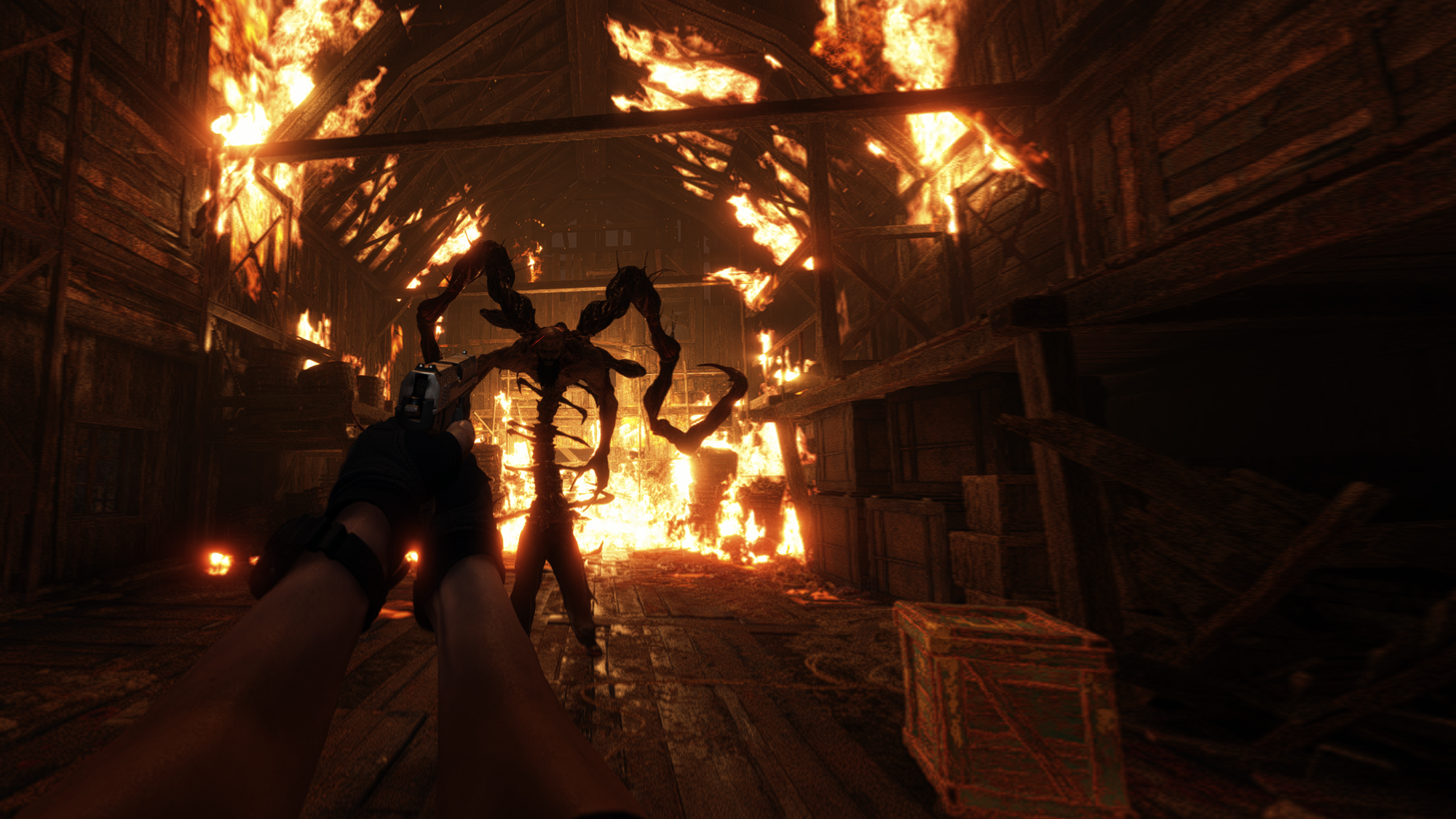
In The Cut
Resident Evil Village on PSVR 2 took a bold approach to scripted sequences, letting them play out in first-person perspective with full motion – a choice that might easily intensify discomfort for those susceptible to motion sickness. Similar to the Quest version, Resident Evil 4’s remake script sequences still play out in third person on a screen. You might argue that this avoids the risk of artificially-induced motion sickness issues that Village simply accepted, however it also made me more conscious of my gripes with the Capcom’s wider approach to the remake, which uses more cutscenes than the original – sometimes to replace awkward QTEs, but also controversially in Leon’s first encounter with a Ganados.
Nonetheless, Capcom has made an intriguing compromise for interactions that would be difficult to replicate with motion controls. Those sequences – such as melee attacks, pushing open heavy doors, or climbing ladders – are viewed in third person and control is taken away from you. However, you’re still in the scene, viewing the action in an immersive manner, not on a flatscreen display. Sometimes this means you’re directly behind Leon, such as with melee attacks, which are framed to show him running into the shot to deliver his signature roundhouse. Other times, you’re viewing at an angle, allowing you to look around the environment so that you don’t get ambushed while Leon is busy turning a crank or pushing a shelf. It’s not a perfect solution, but it’s considerably better than how the Quest version awkwardly cuts back and forth between VR and a flatscreen display – especially as melee remains an essential tactic for conserving ammo and crowd control.
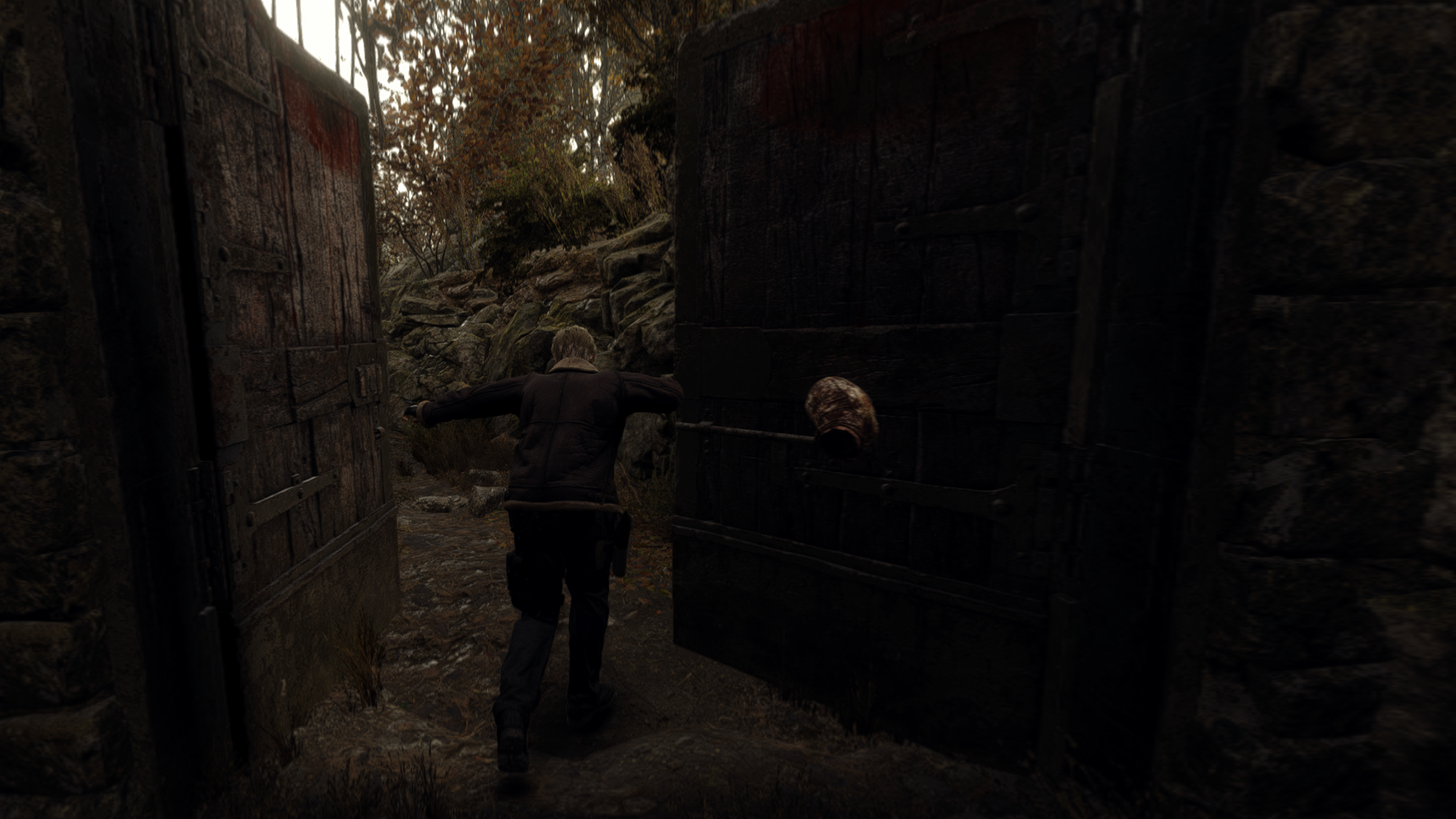
In the same way that VR elevated Resident Evil Village’s gameplay, it works wonders for Resident Evil 4’s vastly superior campaign. Even though I don’t think it’s quite on par with the 2005 original – there’s some significant cuts in the latter part of the game and one inferior boss fight that’s still annoying in VR – this remake still has incredible pacing and variety that puts modern single-player action games to shame. The remake’s new script is also adapted for modern sensibilities, circumventing the need for something like the Quest version’s approach, which simply skipped past the original’s problematic lines and sexist moments involving Ashley.
It’s also worth noting that this VR mode for PSVR 2 is only available for the main campaign, alongside an extra feature that lets you view unlockable models in VR as well. The Quest port did provide players with a substantial Mercenaries post-launch update, which is a benefit for that version of the remake on PSVR 2. Given the VR Mode for Village has yet to receive support for its Mercenaries mode either, it remains to be seen if Capcom will do the same for Resident Evil 4 Remake on PSVR 2 – or perhaps even VR support for the Separate Ways DLC starring Ada Wong, who you only otherwise see in the campaign via flatscreen cutscenes.
Resident Evil 4 Remake – Comfort & Controls
Resident Evil 4 Remake VR comes with a suite of options for every kind of VR player. You can play sitting or standing, with options for snap/smooth turning, teleport or sliding movement and dominant hand.
The options go further in gameplay controls, such as being able to grab objects either by holding or toggling the grip buttons or even by just touching them. You also have a choice of picking up supplies with either your hand or with a button press. It’s somewhat disappointing that some objects only have a button prompt instead of any physical interaction, such as doors, but it definitely feels more convenient when you’re just scooping up glowing items from smashed crates or the corpses of your enemies.
While manual reload is one of the satisfying and tactile motions to do in any VR shooter, you can also opt for a simple one-button reload option. There’s a similar option for throwing grenades – you can either lob them realistically or hold a button to control a visible arc, then release for more accuracy. Although the laser sight is a weapon part that can be added to your pistol, players struggling with aiming can also enable a setting that adds laser sight to all weapons.
Accessibility is also taken into consideration, with recommended settings for visual and auditory accessibility, including high HUD opacity, aiming sight color options, and closed caption subtitles.
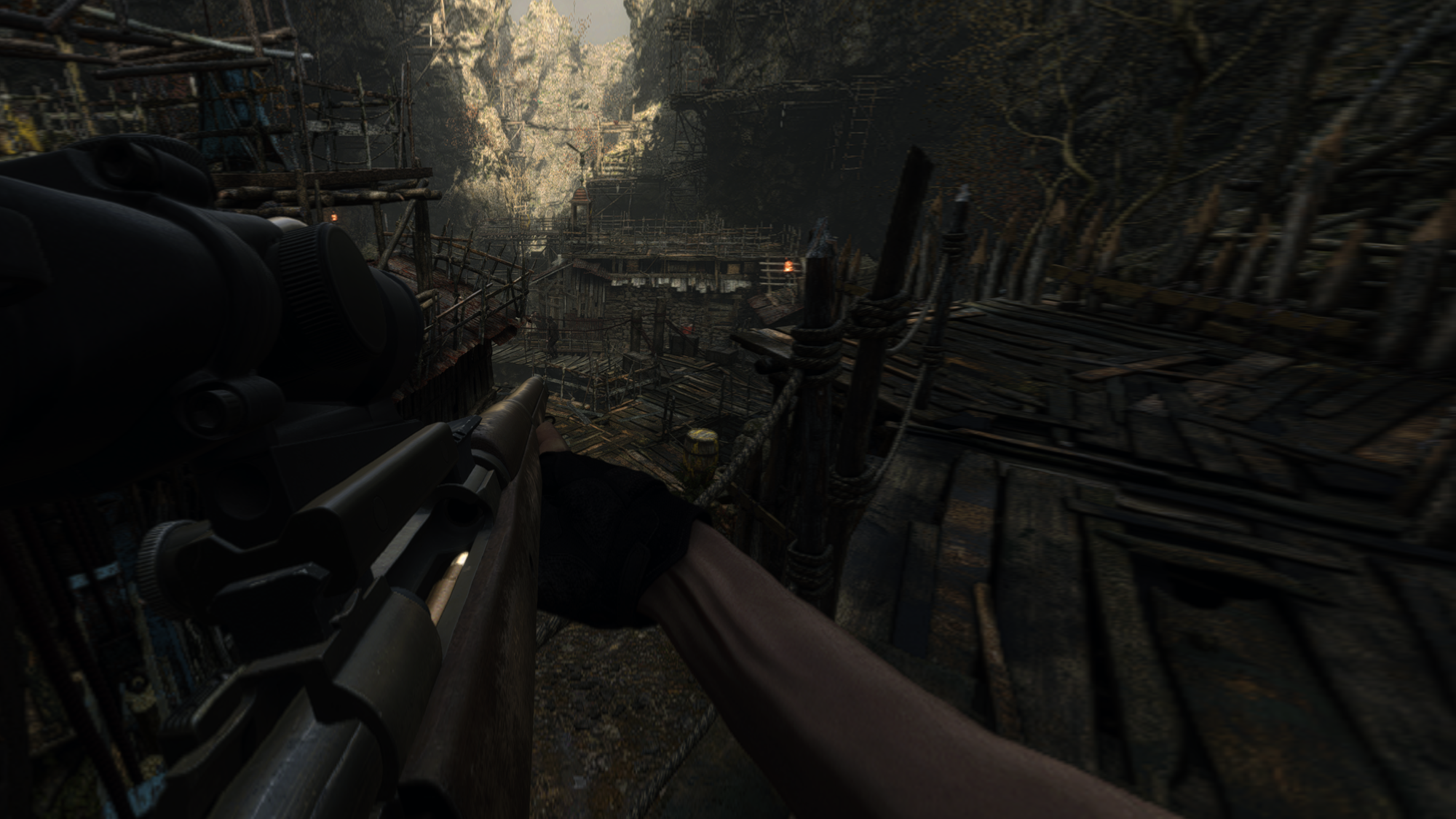
Resident Evil 4 Remake: VR Mode Review – Final Verdict
Resident Evil 4 Remake might not surpass the original and its third-person roots mean that this new VR Mode still has some awkward transitions in between the action. However, by virtue of being Resident Evil 4, this is also arguably one of the best-paced action-packed campaigns available across all VR platforms. Capcom continues to build on each iteration of Resident Evil in VR, making this release confidently its best VR experience to date. This latest PSVR 2 version of a classic features smart refinements that surpass even Armature’s existing VR release of the original on Quest.
Resident Evil 4 Remake’s VR Mode is simply a must for any PSVR 2 owner.

UploadVR uses a 5-Star rating system for our game reviews – you can read a breakdown of each star rating in our review guidelines.

